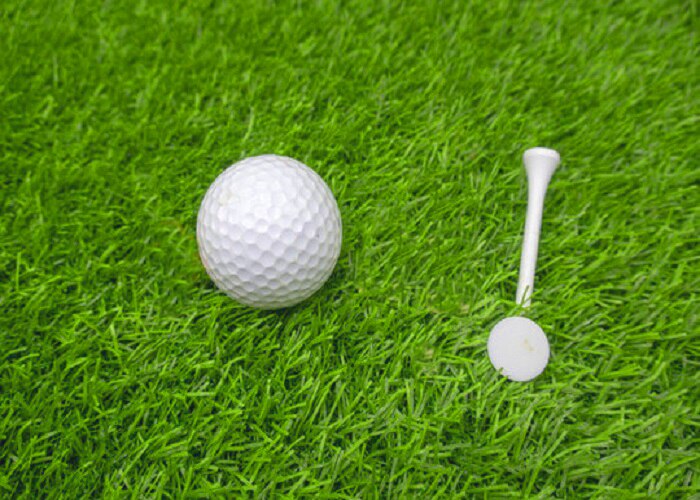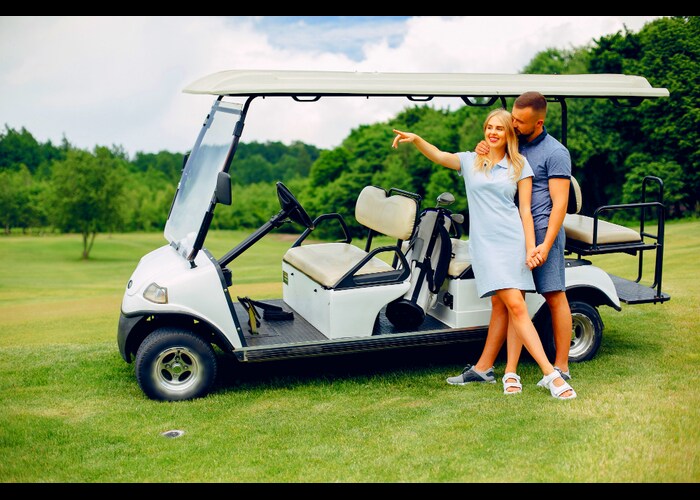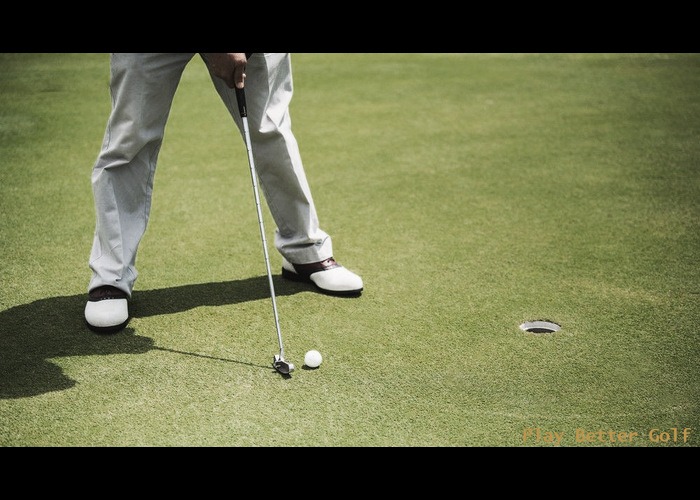
Golfing enthusiasts with a slower swing speed often face a unique challenge when selecting the right golf ball. The right choice can significantly improve your game, enhancing distance, control, and playability. Let’s delve into the world of golf balls and find out which ones best fit those with a slower swing speed.
Understanding Swing Speed and Its Impact on Golf Ball Selection
First off, what exactly is “slow” swing speed? Generally, if your driver’s swing speed is below 85 mph, it’s considered slow. Specific golf ball characteristics can help you perform better at this speed.
Key Characteristics to Look For:
- Low Compression: Lower compression golf balls are softer, allowing golfers with slower swing speeds to compress the ball better at impact, resulting in more distance.
- Construction: Typically, two-piece golf balls are recommended for slower swing speeds. They have a large, solid core and a durable cover, which helps achieve greater distance.
- Dimple Pattern: The right dimple design can reduce air resistance and enhance lift, aiding in more extended flight.
Top Golf Ball Recommendations for Slow Swing Speeds
Titleist DT TruSoft: It’s known for its incredibly low compression, which makes it a great choice. This ball is designed to provide a good combination of long distance and increased control around the greens.
- Callaway Supersoft: As the name suggests, it’s super soft. Its ultra-low compression leads to less spin on long drives, helping golfers with slower swings to hit farther.
- Wilson Staff Duo Soft: This is among the lowest compression balls on the market. It’s great for distance and provides a soft feel, which can be a confidence booster.
- Srixon Soft Feel: A fantastic option for those who want distance without sacrificing feel. Its core is designed to maximize energy transfer, which is especially beneficial for slower swingers.
- Bridgestone e6 Soft: Bridgestone’s e6 line has always been popular among recreational golfers. The e6 Soft is engineered for straighter and longer shots, with a soft feel to boot.
How to Select the Optimal Option for Your Game
- Trial and Error: Try out a few different balls. Many brands offer trial packs so that you can test them on the course.
- Professional Fitting: Consider getting a professional fitting. Experts can analyze your swing and recommend the best ball for your style.
- Focus on Your Needs: Are you seeking more distance, better control, or a softer feel? Your preference plays a crucial role in your choice.
Final Thoughts
Remember, the best golf ball for you is one that complements your playing style. While getting caught up in what the pros use is easy, focusing on what enhances your game is critical. Slow swing speed doesn’t mean compromising on quality or performance; you can make every shot count with the right golf ball.
So, take your time, research, and chat with fellow golfers or a pro at your local club. Finding the perfect golf ball might be the game-changer to elevate your golf experience. Happy golfing!
FAQs:
Q1: Why does swing speed matter when choosing a golf ball?
A: Swing speed significantly impacts how much you can compress the golf ball on impact. Players with slower swing speeds benefit from lower compression balls, which can be compressed more quickly, resulting in greater distance and improved feel.
Q2: What is a low-compression golf ball?
A: A low compression ball is softer, allowing players, especially those with slower swing speeds, to compress the ball more easily. This increased compression can lead to more distance and a better overall feel during play.
Q3: Can the right golf ball improve my game?
A: Absolutely! The right golf ball can make a noticeable difference, particularly in distance and control. It’s all about matching the ball’s characteristics with your swing style and speed.
Q4: How do I know if I have a slow swing speed?
A: Generally, if your driver’s swing speed is below 85 mph, it’s considered slow. You can measure your swing speed using a launch monitor at a fitting center or with the help of a golf professional.
Q5: Are softer golf balls better for slow swing speeds?
A: Softer golf balls tend to be better for slow swing speeds. They allow for better compression upon impact, leading to increased distance and a softer feel.
Q6: What is the difference between two-piece and three-piece golf balls?
A: Two-piece golf balls have a large core and a durable cover, often designed for distance and durability. Three-piece hops add an additional layer to provide more spin control and feel, suitable for more experienced players.
Q7: How important is the dimple pattern on a golf ball?
A: The dimple pattern affects the ball’s aerodynamics, influencing how it flies and how far it goes. Different ways can impact flight stability and lift, which can be particularly beneficial for slower swing speeds.
Q8: Should I always choose the softest golf ball available?
A: Not necessarily. While a softer ball can be beneficial, it’s also important to consider other factors like feel, control, and personal preference. Sometimes, a slightly firmer ball might suit your playing style better.
Q9: Can golf ball fitting sessions help in choosing the right ball?
A: Yes, golf ball fitting sessions can be beneficial. Experts can analyze your swing and recommend a ball that complements your speed, style, and preferences.
Q10: How often should I replace my golf balls?
A: It depends on their condition and performance. Golf balls can lose their effectiveness over time, especially after regular use. It might be time for new ones if you notice visible wear or changes in the version.




